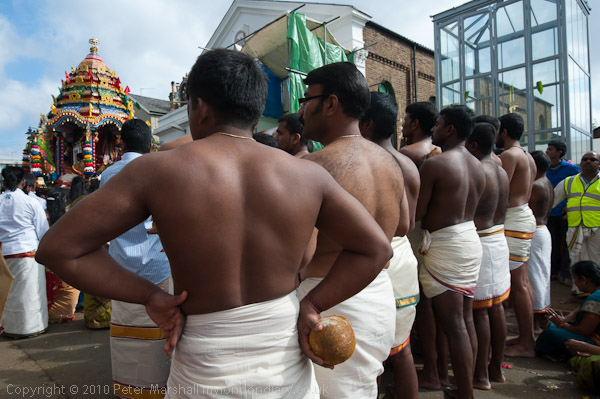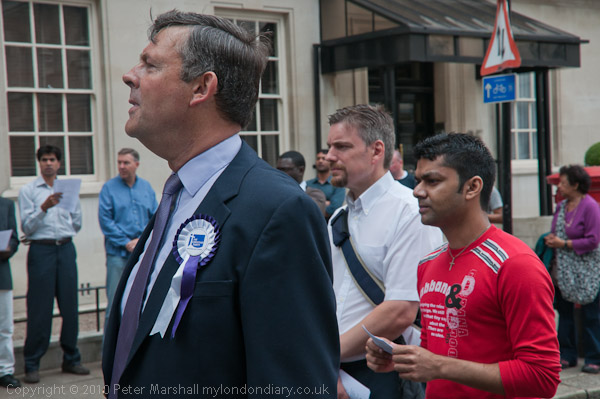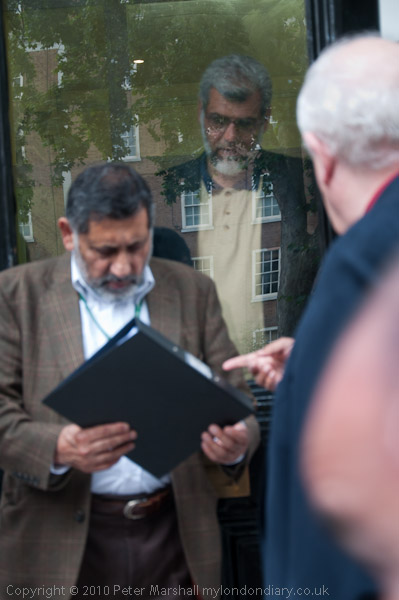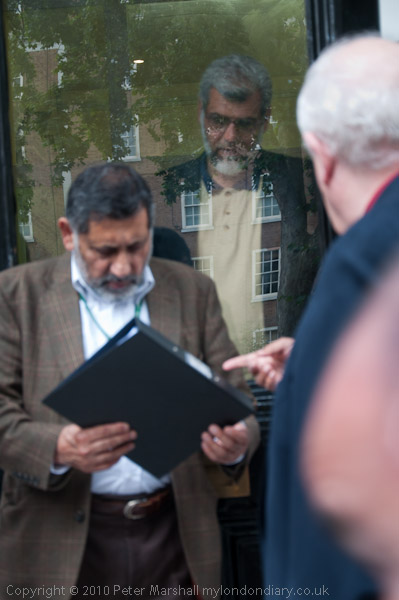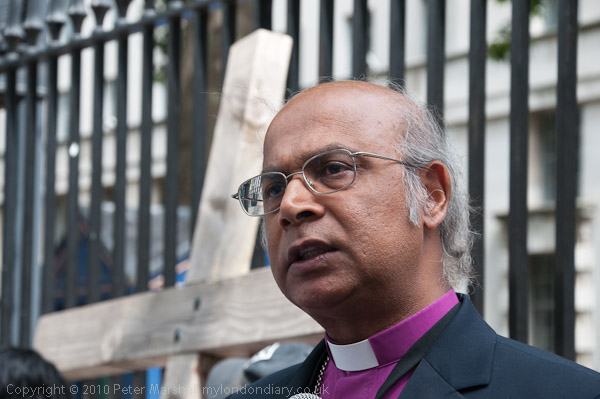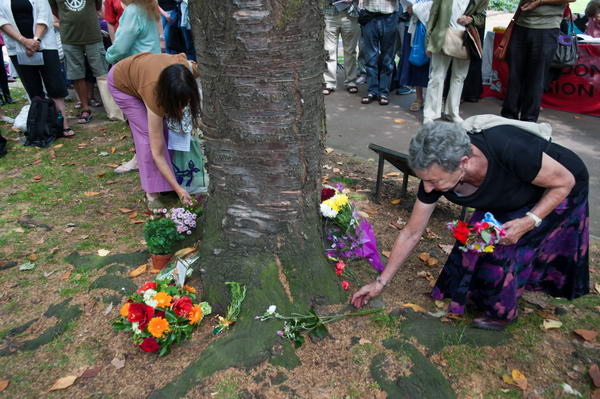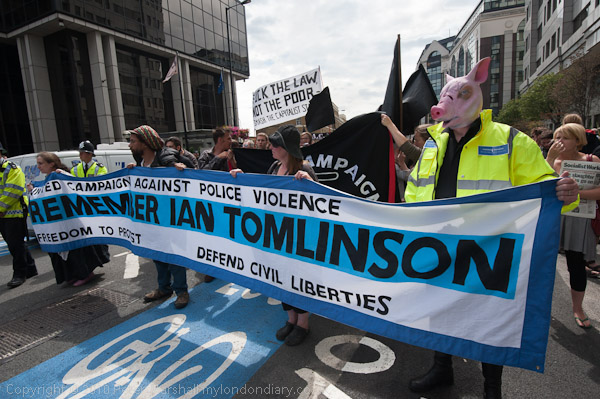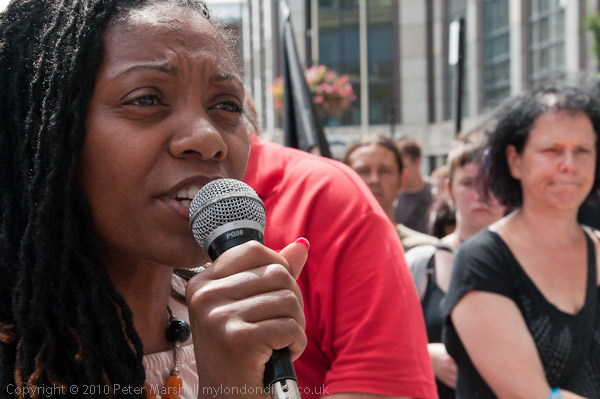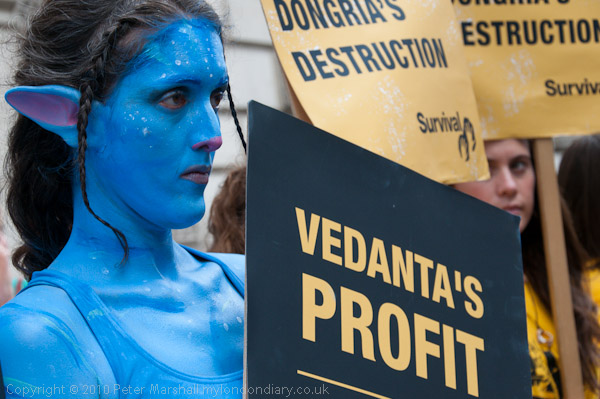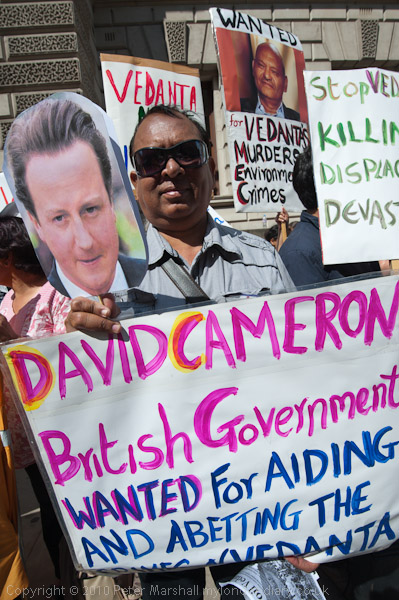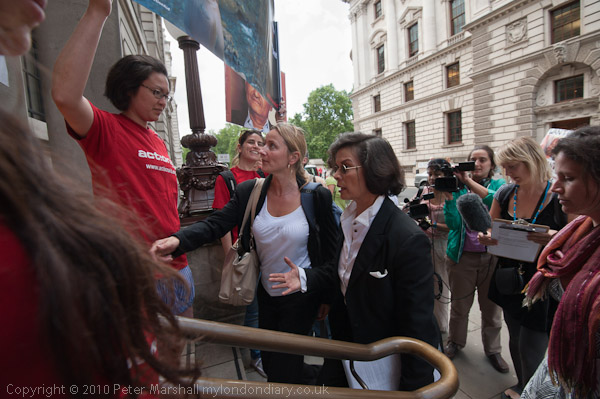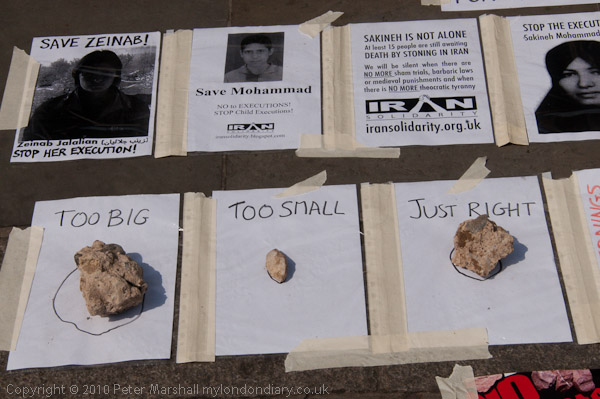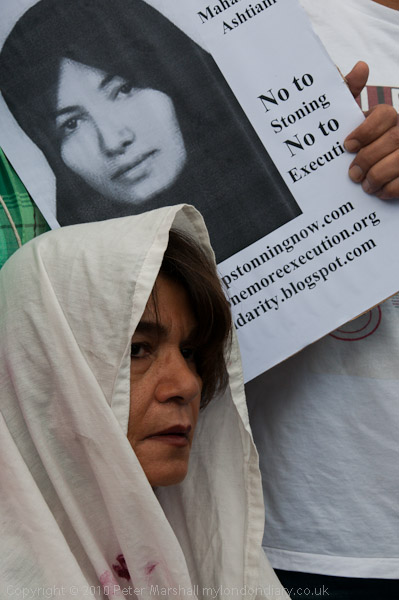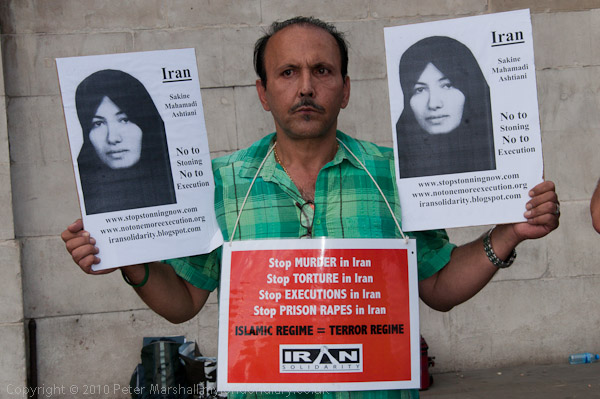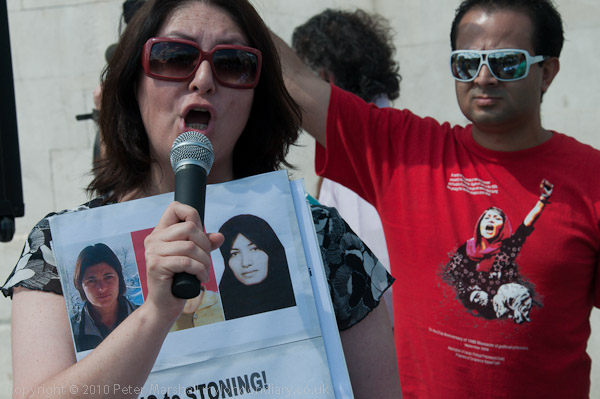The Russian Photos Blog by Jeremy Nicholl has an interesting post today And Now For Something Completely Different: Is Photojournalism Dead Yet? relating back to Neil Burgess’s pronouncement of the death of photojournalism made on the EPUK web site and discussed here two weeks ago in Funeral For Photojournalism?
Hardly had the ink dried on Burgess’s piece at EPUK than exactly the same piece appeared on another web site, lifted completely without permission and promoted by this site as their own piece (and apparently they are so proud of it that they’ve made over a hundred tweets about it.) As well as the text they have also reused the accompanying photograph by David Hoffman, along with his copyright notice.
EPUK not surprisingly are upset and have passed the matter to their “lawyers who will be looking for proportionately substantial damages, an apology and an immediate takedown.”
The organisation concerned is the London Photographic Association (LPA) which “is a trading identity of London Photographic Awards Limited” which started in 1997, as an annual competition with a “coffee table catalogue”. LPA Membership costs £125 a year (less for overseas members and students.) When I was writing professionally about photography I used to get press releases about the LPA and its competitions, but they never convinced me that it was something I should write about.
Nicholl picks up a few other contributions to the debate over the future of photojournalism, and ends with the conclusion that although these have some different perspectives, one thing they have in common is that they are not by working photographers, and that “it might be more appropriate to talk to the monkeys than the organ grinders.”
Well, he could perhaps have done just that, but it seems to me he has chosen not to do so. One very positive contribution to the debate comes from VII photographer Tomas van Houtryve (which I first read about on dvaphoto last week) but is covered by a post on Tomas’s own blog, Testing new funding models for photojournalism.
I’ve often mentioned the need for some working micro-payment model for the web, hoping that something could emerge that worked by a levy on the payments we all make for internet access and be distributed on the basis of page hits in some way, rather like the current DACS system for copyright payments for photocopying of images in UK newspapers and books. (I filled in this year’s claim and sent it off on Saturday.)
But Flattr, which van Houtryve is implementing on his web sites, is a voluntary subscription scheme that would appear to overcome many of the problems both of implementing the kind of cumbersome official scheme I’ve envisaged, and better still, one that is already working, if only just now released into open beta.
To join Flattr you have to engage to pay a fixed monthly amount to cover all web pages that you want to reward for their content that month – I understand the minimum monthly amount is 2 euros, though to save administration costs you have to sign up and pay up front for a minimum period which makes it worth transferring the cash.
Once joined, you can reward web sites you like that carry a Flattr button by clicking on it – you Flattr them. Every month your monthly amount is divided equally among the sites you have clicked (and Flattr of course takes its tithe) and credited to their Flattr accounts.
As a content provider you collect up the payments from the clicks and when it’s reached a sensible amount can transfer it to your Paypal account. It really does seem to get round most if not all of the problems currently associated with ‘Donate’ buttons or other ways of generating income from simple web sites.
But. And it’s quite a big but. There are obvious advantages for content providers in joining Flattr, and I suspect that the great majority of those with Flattr accounts at the moment are content providers, but I’m not convinced that large numbers of other internet users will be signing up for the scheme. So at least at the start its a way of distributing small amounts of money between creators. Though I think many of us would like at times to have some way of thanking people for their work which we’ve found useful or entertaining, will that translate into actually committing an annual amount to do so?
It might, and perhaps it’s worth a try. But I think it really needs the support of rather larger players in the internet league than Flattr. And its perhaps something that the links between these guys and Pirate Bay, and also the support that it is giving to Wikileaks may not help. But as that article at TechCrunch Europe (link to http://eu.techcrunch.com/2010/08/02/wikileaks-will-fund-itself-via-flattr-pirate-bay-founders-startup/ removed as my antivirus now reports a problem) points out, one of the companies backing it is Clerkenwell’s White Bear Yard, whose previous successes include Skype.
Dvaphoto also mentions Kickstarter, which offers an alternative method of attracting funding for creative projects. At the moment a US bank account and address are required to start a project and receive funds, but the scheme enables you to advertise projects and also offer inducements (for example a photographer might offer a book or a signed print from the project) to those who agree to give financial support. The money – typically $15-$100 from each donor – doesn’t change hands unless the total needed for the project is pledged, and each project has a time limit to try and attract funds, with Kickstart taking 5%.


